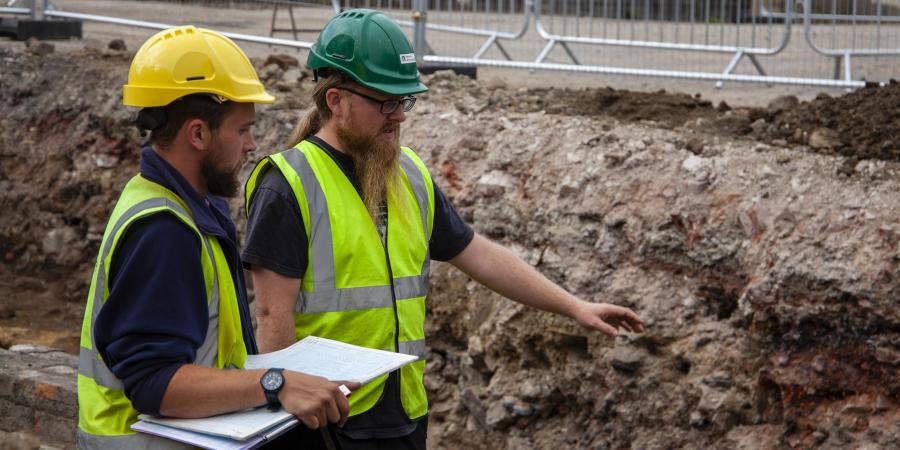At Wessex Archaeology, our commitment to safety and quality sets us apart. We work hard to ensure that staff at all levels are always operating with a detailed understanding of their responsibilities and the practical actions needed to ensure the health and safety of themselves and their teams.
At Manager and Supervisor level, we require staff to undertake the IOSH Managing Safely course, which provides them with the knowledge and skills they need to manage health and safety within their teams.
Clare King, Principal Consultant within our Heritage Consultancy team, offers her feedback and thoughts on the benefits of the course:
“The three-day course was a useful reminder about how and why we manage safety and health risks on our projects. It covered the legal and financial reasons, as well as the moral ones, at the start of the course. We then moved on to the practicalities of how we work together to minimise hazards and the risks that they pose to us and everyone else (and how we learn from any incidents where those practical measures haven’t worked). The people on the course were from a variety of different sectors and backgrounds, so we all enjoyed sharing our stories and experiences.
Three things that I found particularly useful or interesting were:
- The word formula that Risk = Likelihood (of a hazard occurring) x Potential (severity of outcome). This is similar to the assessment of risk that we undertake in Environmental Impact Assessments, where we also look at the likelihood versus the impact severity to inform whether a development can happen in the proposed form (and then mitigating the risk by applying additional measures – also works with both!)
- The ‘heirarchy of risk control’ which starts with finding ways to eliminate the risk and has PPE as the last stage, when everything else has been done/tried. Persuading us to think creatively about how we can do jobs differently is an interesting challenge.
- The idea of ‘Reasonably proportionate’ which we also see in archaeology – NPPF says that archaeological work should be ‘appropriate’ and only undertaken ‘where necessary’.
There was lots more that was interesting and useful, but I was particularly struck by these because they are thought processes that I use every day (albeit in a different context!). I’m now looking forward to helping my colleagues manage risks even more effectively, because in the end the course isn’t about getting the certificate. It’s about helping us all be healthier and safer.”
To find out more about our health and safety policies and accreditations, click here.
